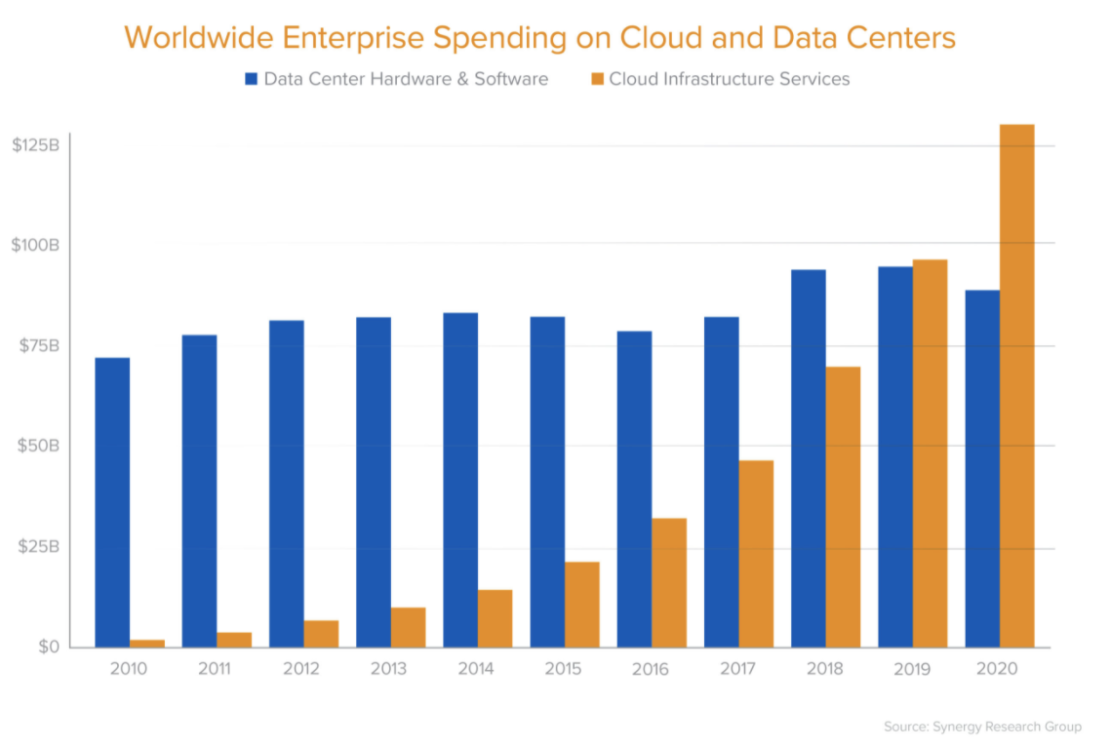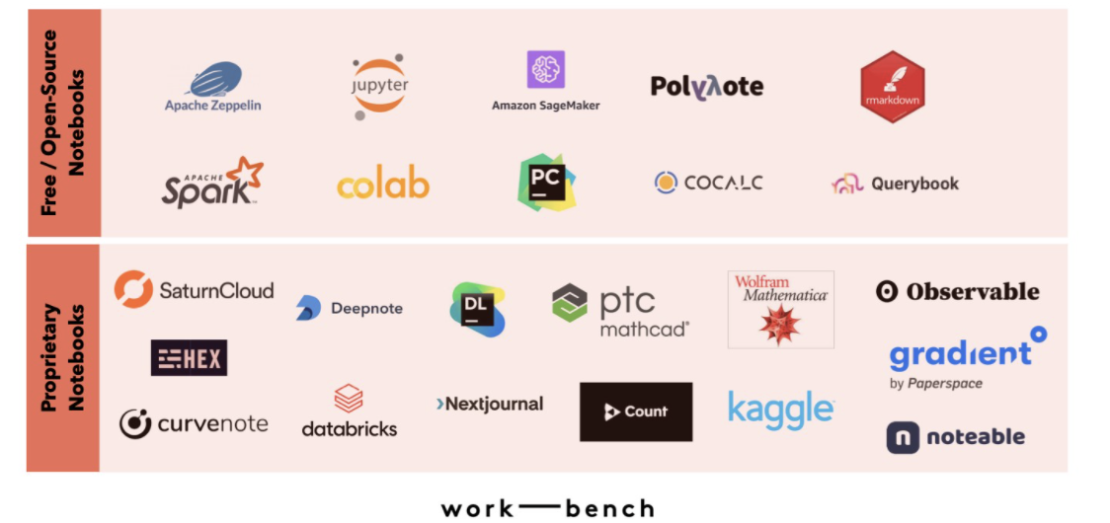
For some time, I’ve been looking for one “source” that curates modern takes on HR Tech, perspectives from the people who build it, and its impact on enterprise — something that’s tailor-made by professionals for decision-makers.
I never found it — so I decided to build it.
Every week, I’ll be sharing fresh insights on tech platforms, design, data, and the future of work — straight to your inbox.
My Thoughts
Employers can now offer limited incentives to their employees for getting their COVID-19 vaccines, as long as employees receive their vaccines from a third-party provider. 🙌 💉 This is exciting news. Incentives can raise vaccination rates and prevent outbreaks, especially as coworkers begin to get together inside and outside the office — but there are also complexities. It’s important for employers to take into account inequitable vaccine access, medical exemptions, and other impediments to full vaccination. Crucially, are HR tech stacks ready to collect, track, and report on this information? Can we ensure that they safeguard individual privacy? 👨💻 📊 🏥 Modern HR technologies advertise flexibility and adaptability — now is the time to put their claims to the test. Is your HCM provider ready for the new normal?
Tech Innovation at Work
Recently, I interviewed my friend Jess Podgajny — founder and CEO of Lluna — about starting her business, personalized benefits, and the future of HR. 🎤💪 You can watch Part 1 of the interview here. If you found it interesting, here’s a great clip of Jess talking about “personalizing the employee experience” with Long Story Short.
Google is one of many companies looking to build a Commercial-Grade Quantum Computer — and they’re aiming to make it happen by 2029. By harnessing quantum physics, this type of computing has the potential to sort through vast numbers of possibilities in nearly real time and come up with a probable solution. 🤖📊✏️ Traditional computers store information as either zeros or ones. Quantum computers use quantum bits, or qubits, which represent and store information in a quantum state that is a complex mix of zero and one. According to Gartner, nearly 40% of large companies are expected to create quantum-computing initiatives. There have been incredible gains in the past five years — but the field is exceptionally complicated and the risk of road-map slippage for companies like Google remains high.
Another development for Google: the tech giant and the national hospital chain HCA Healthcare Inc. have struck a deal to develop healthcare algorithms using patient records, the latest foray by a tech giant into the $3 trillion healthcare sector. 👨⚕️💊📂 The company has previously reached deals with other prominent U.S. hospital systems, including St. Louis-based Ascension, that granted access to personal patient information. Google is not the only company seeking access to clinical data — Microsoft Corp. and the hospital system Providence have recently attempted to use patient records to develop cancer algorithms. Federal privacy protections exist, hospitals increasingly see themselves as brokers of valuable data — and they’re capitalizing on the opportunities it brings. 🏥🌎📈

Pinterest is already using AI to drive growth. The site’s process of figuring out what people like and finding appropriate images all happens without human intervention. It is handled by an advanced AI called a neural network that makes millions of calculations incredibly quickly to find pins to catch your eye. Neural networks are driving “nearly 100%” of growth, says Jeremy King, Pinterest’s senior vice president of engineering. 🛍️📱💅 The power of Pinterest’s neural networks is that they make associations a user wouldn’t normally make. Users installing a new bathroom floor might not even think about buying a vanity until an ad popped up showing a unit that exactly fits their interests. Instead of being driven by a type of product, neural networks can uncover interests and associations that the user may not be aware of.
The Changing Workplace
Here’s a great entry on “back to normal” from Josh Bersin. COVID-19 may be abating in the states, but there will be changes and new disruptions related to recovery. Bersin breaks down a few areas to monitor, including:
- The Economy: High growth periods are also very difficult. You’re going to find supply chain issues with everything – and the supply chain of people will be the toughest.
- The Government: Inflation and interest rates will also likely go up, and that impacts business investment, resource allocation, and wages – which directly impacts HR. 📈 🤔
- The Market: We will see much more disruption ahead, so those of you working in financial services or other asset-based companies are going to be involved. The shift from “fiat currencies” to crypto and other assets is real, and the impact of this change has yet to be understood. 💸 🔥
- The Flattening of Organizations: Companies are becoming flatter, more networked, and less hierarchical at speed. While most companies are still new to this, the pandemic pushed a button with CEOs around the world. They realized that cross-functional teams really work, so HR departments are now being asked to help with organization design, goal management, and the implementation of AI-driven skills and talent marketplace models to facilitate and accelerate this change. 🤖 👩💻
- SkillsTech and AI Mainstream: These technologies, which we only started talking about a few years ago, are now mainstream.
Since COVID-19, more workers are seeking help with mental health, whether in virtual appointments with a therapist or in person sessions. Dave Pawlowski, senior vice president of operations for Curalinc Healthcare in Chicago observed: “The number of employees who called the EAP [employee assistance program] and wanted to speak to a licensed clinician immediately doubled during (and after) the beginning of the pandemic. They really just want in-the-moment clinical support, which is why it’s so vital for any employer-sponsored mental health program to provide employees with around-the-clock access to licensed clinicians for immediate support.” Ensuring that employees feel comfortable opening up about their mental health is crucial for any organization — but it’s not easy. Influence & Co. is setting a helpful example by creating a documented mental health policy to support their workers. Its major elements include:
- Acknowledgment. “The first goal of our policy was simply to let the team know that it is OK to disclose a mental illness at work (or not disclose) and to ask for help,” Raymond said.
- Offerings. An explanation of benefits ensures that employees know what resources are available to them.
- Accommodations. The policy also details how employees can ask for reasonable accommodations for a mental health condition and explains that their information will be kept confidential.
WeWork’s troubles are no secret to anyone. But even if WeWork wasn’t in a leadership crisis or hemorrhaging billions of dollars per year, its business model would still be old news. Github, Coworker.com, and similar companies are already changing the model for co-working spaces. Coworker.com founder and CEO, Sam Marks points out: “While it seems obvious that a small startup wouldn’t want a multi-year, fixed office contract, it turns out that most larger enterprises don’t either.” They’re launching Global Pass, a subscription that grants “frictionless” access to more than 4,000 co-working spaces in 1,000 cities around the world,” starting at just $50/month.

All About Data
Cloud spending has exploded in recent years — but it’s still in early innings and growing rapidly on a base of over $100B of annual public cloud spend. But while cloud clearly delivers on its promise early on in a company’s journey, the pressure it puts on margins can start to outweigh the benefits — especially as a company scales and growth slows. The cost of cloud “takes over” at some point, locking up hundreds of billions of market cap that are now stuck in this paradox: You’re crazy if you don’t start in the cloud; you’re crazy if you stay on it. So how do ensure that your cloud spend is paying off and not weighing you down? And should you be thinking about repatriation? Andreessen Horowitz breaks down a few steps you can take:
- Make cloud spend a KPI alongside performance and reliability.
- Incentivize the right behaviors — for instance, encourage engineers to save on cloud spend by optimizing.
- Optimization, optimization, optimization — think about COGS and where you might be able to save infrastructural thoughts.
- Think about repatriation up front. Make sure your system architects are aware of the potential for repatriation early on, because by the time cloud costs start to catch up to or even outpace revenue growth, it’s too late.
- Incrementally repatriate — there’s no reason not to.

Free, open sourced notebooks as well as a mix of proprietary solutions that exist in the market today that are increasingly being adopted by data scientists at large across the enterprise. With ~10 million public Jupyter Notebooks on GitHub and a growing number (~2,000) of open job postings on LinkedIn that list “Jupyter Notebook” as a required experience or bonus skill set, it’s clear that Jupyter has become a critical tool in the data science stack. But Jupyter doesn’t work as well with tools and environments built with the non-technical users in mind. What’s missing in the market today is a better UI/UX for collaboration and a better workflow-oriented tool that can effectively close the gap between performing computational work and reporting out on those results in a way that’s secure, easily reproducible, and easily accessible to a diverse group of users. If you’re interested, here are just a few solutions tackling this problem.

Click here to subscribe to Exit Interview, a weekly email about tech platforms, design, data, and the future of work — straight to your inbox.

